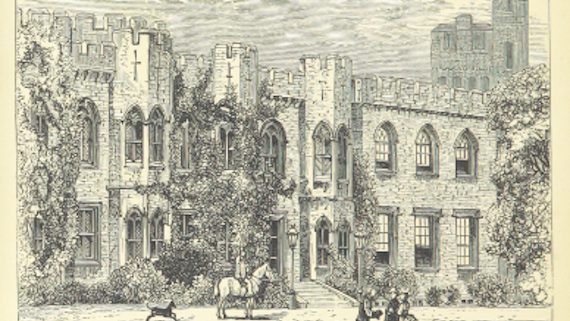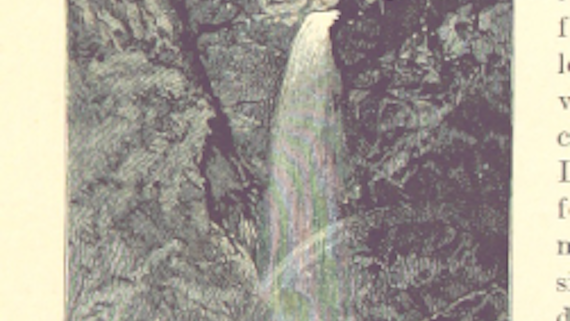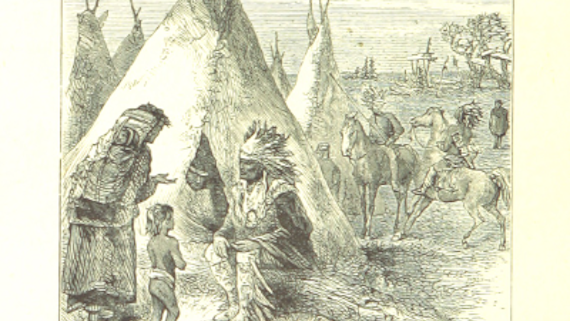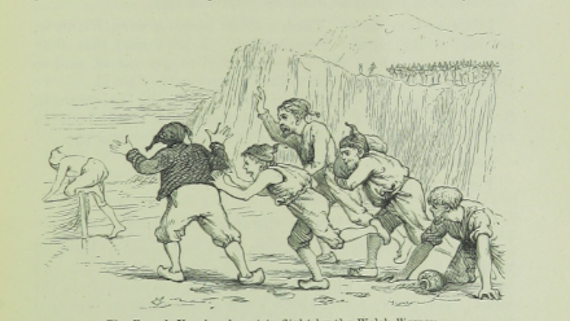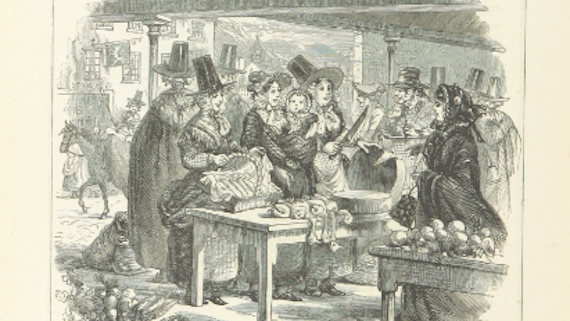Unlocking our heritage: International project with cultural institutions reveals untapped book illustrations
24 January 2022
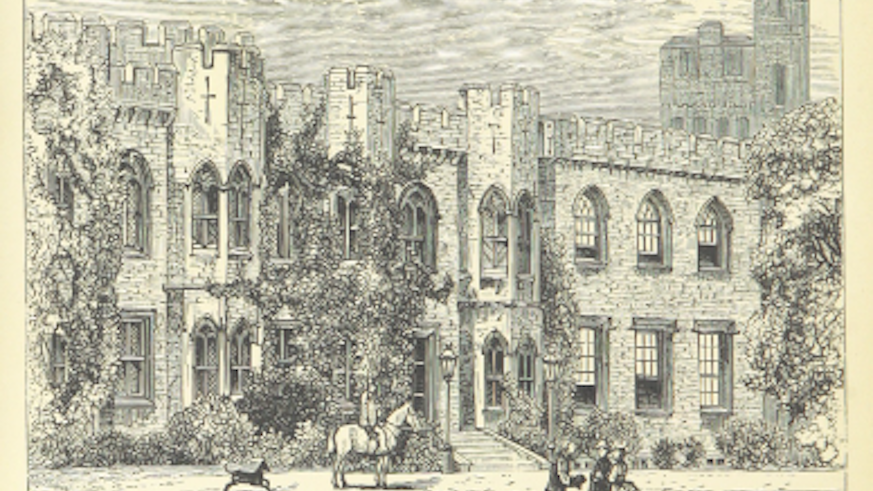
Cardiff digital humanities experts collaborate in exciting UK-US partnership
A pioneering digital project is set to help open up the archives of great cultural institutions in the US and the UK thanks to a partnership forged by Cardiff University and the University of Wyoming and international partners.
Using cutting-edge computer vision tools to analyse historical book illustrations of people and places, Finding a place: advancing digital methods to unlock the use of digitised book illustrations in cultural institutions will identify visual patterns across illustrations of buildings, landscapes, and people to reveal a forgotten world of images.
By harnessing digitised collections, the new project will unlock the power of our archives to create the kind of comparative analysis previously impossible in the material form of the book.
The project is one of twelve in the latest NEH AHRC New Directions for Digital Scholarship in Cultural Institutions scheme.
Finding a place is a dynamic collaboration between Cardiff University, the University of Wyoming, and cultural institutions from both sides of the Atlantic: Special Collections and Archives in Cardiff University, Lambeth Palace Library, the National Trust, the American Heritage Center, and the Buffalo Bill Center for the West.
Project lead in the UK is Professor of English Literature Julia Thomas, the creator of pioneering digital illustration archives, the Database of Mid-Victorian Illustration and The Illustration Archive, who will be working with Professor Omer Rana and Professor Paul Rosin of the School of Computer Science and Informatics.
Professor Thomas explains the significance of the project:
“Our aim is to emphasise the importance of historical illustrations for cultural institutions by using digital methods to explore the images in new ways. For the first time, we will be able to identify changes in hundreds of thousands of illustrations of people, buildings and landscapes, and trace affinities and differences between them, something impossible in their original material form.”
Hidden between the covers of books lies a remarkable visual record of the world and its inhabitants. From Wales to Wyoming, the illustrations in these material objects tell stories about the ideas and beliefs of both their creators and readers across time and space. These images have contributed to our world views. They share meanings for both our natural and built environments. They have helped to shape and depict our perceptions of what is local, foreign, indigenous, displaced and colonized. In turn, their guardians – our cultural institutions – have defined themselves by these notions of place in their creation of collections and narratives.
However, despite the rise of digitised collections, historical book illustrations are rarely analysed in cultural institutions. The project aims to tap into this immense continent of visual artefacts, righting their neglect and rebalancing awareness of illustrations as unique objects of cultural heritage in their own right. Computer vision will enable these images to be studied at scale for features and patterns, allowing for an understanding of similarity and divergence, which will help to map visual stereotypes, and, ultimately, to challenge conventional representations and reveal the hidden histories of places and the people associated with them.
Professor Rudolf Allemann, Pro Vice-Chancellor, International and Student Recruitment and Head of the College of Physical Sciences and Engineering at Cardiff University, said:
“We have recently begun to forge strong links between Cardiff University and the University of Wyoming, initially mostly in STEM areas. It is great to see this multi-disciplinary collaboration reach into the humanities. It brings together two strong groups in English Literature and Computer Science with partners across the Atlantic. This will not only provide exciting opportunities in illustration studies and digital humanities but also help us to further develop our partnership with Wyoming."
Professor Christopher Smith, Executive Chair of Arts and Humanities Research Council, said:
“This collaboration connects leading institutions in the US and the UK to pioneer ground-breaking new research methods, and lead world class research and innovation in digital humanities. These projects will open up heritage and culture in new ways that benefit both researchers and the public and bring a wealth of fascinating collections into the 21st century and in ever more accessible ways.”
